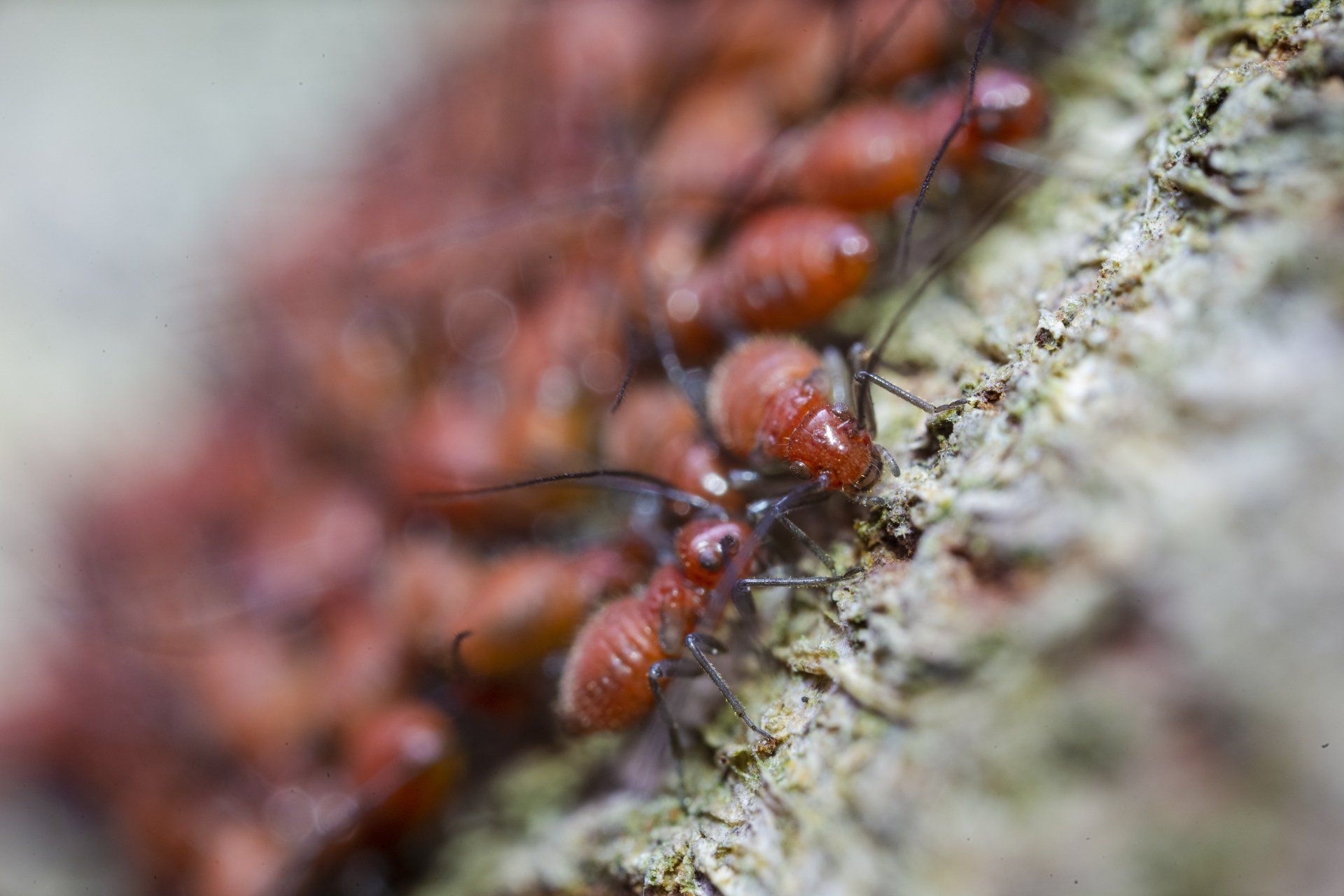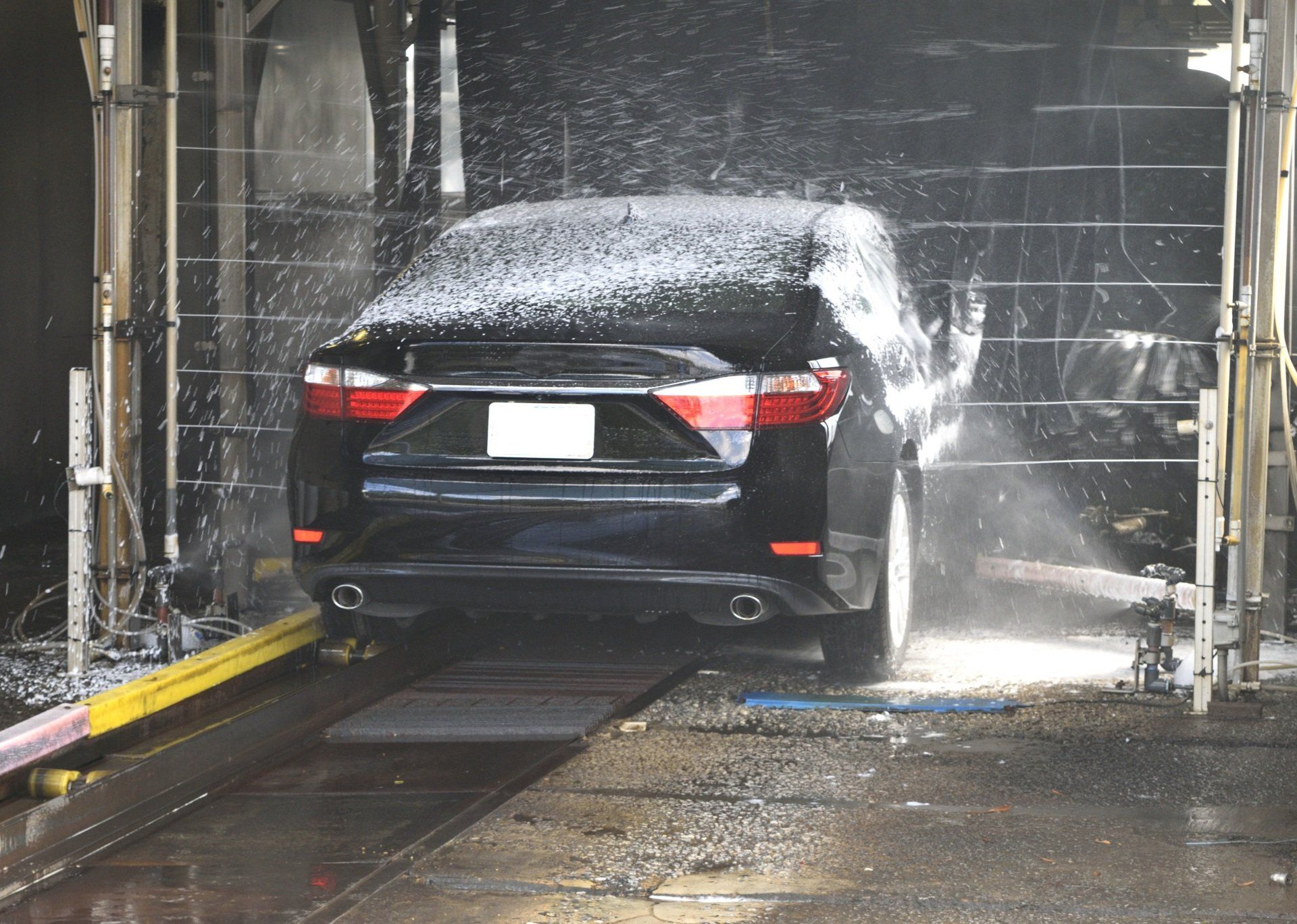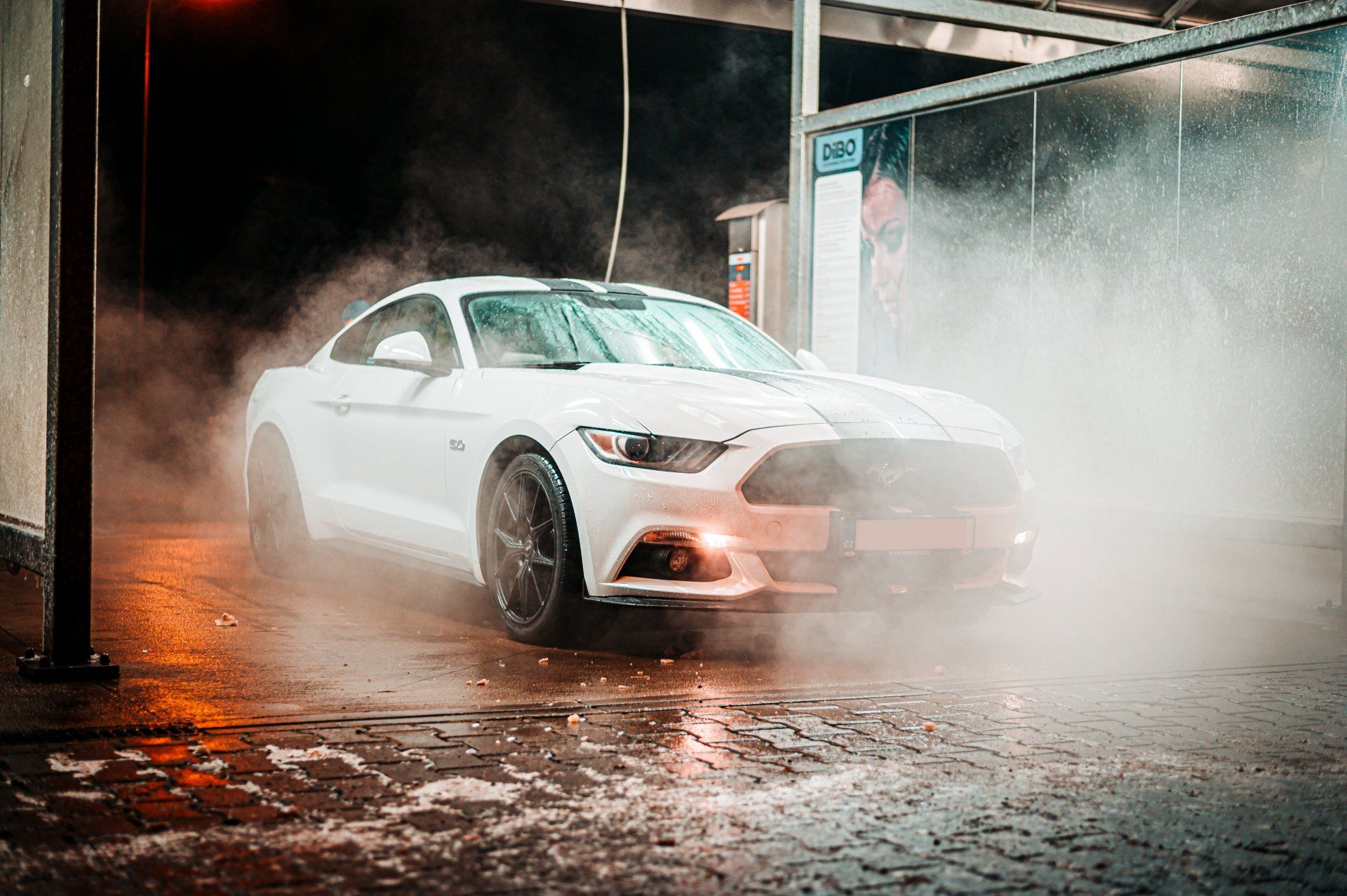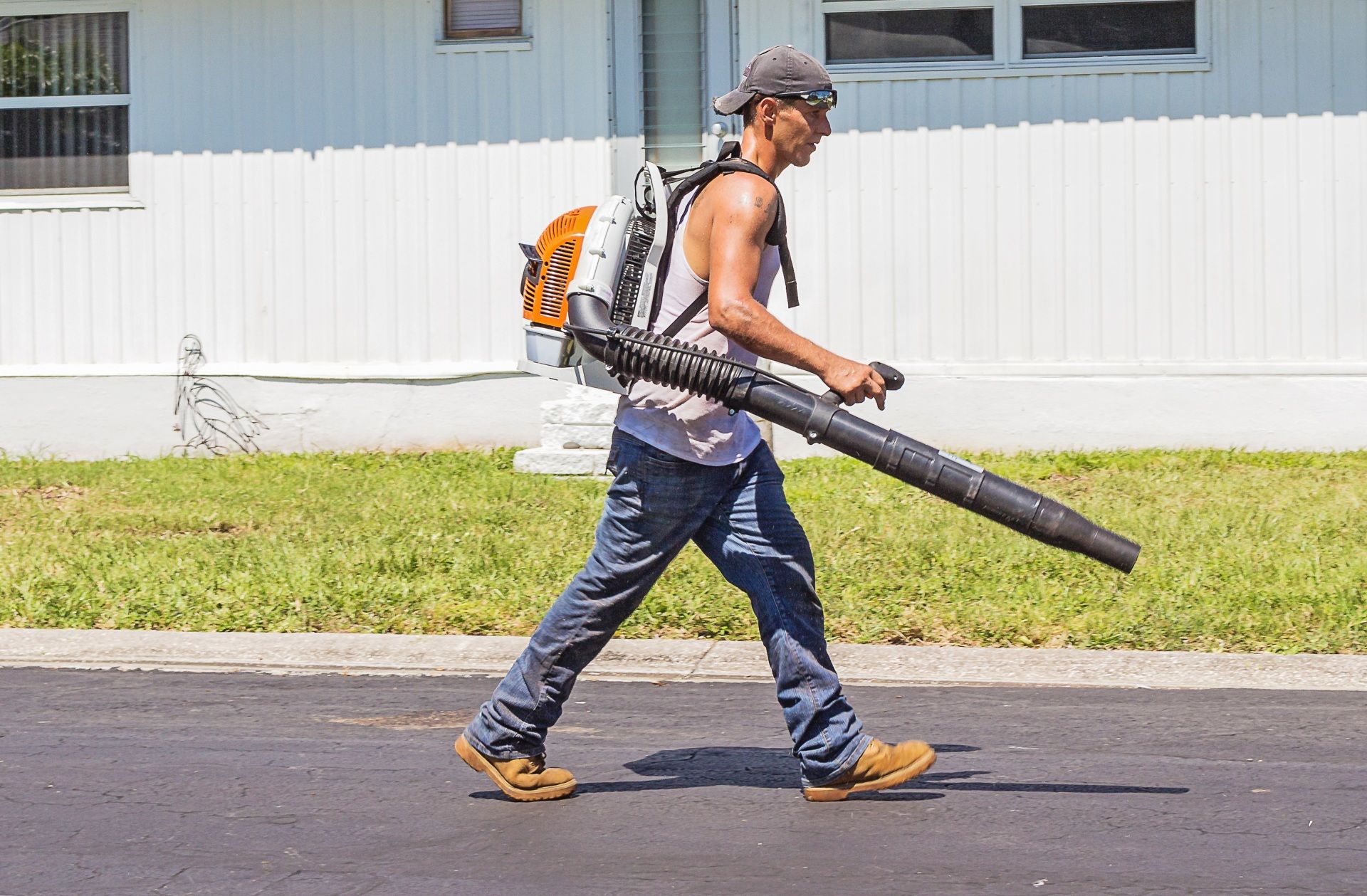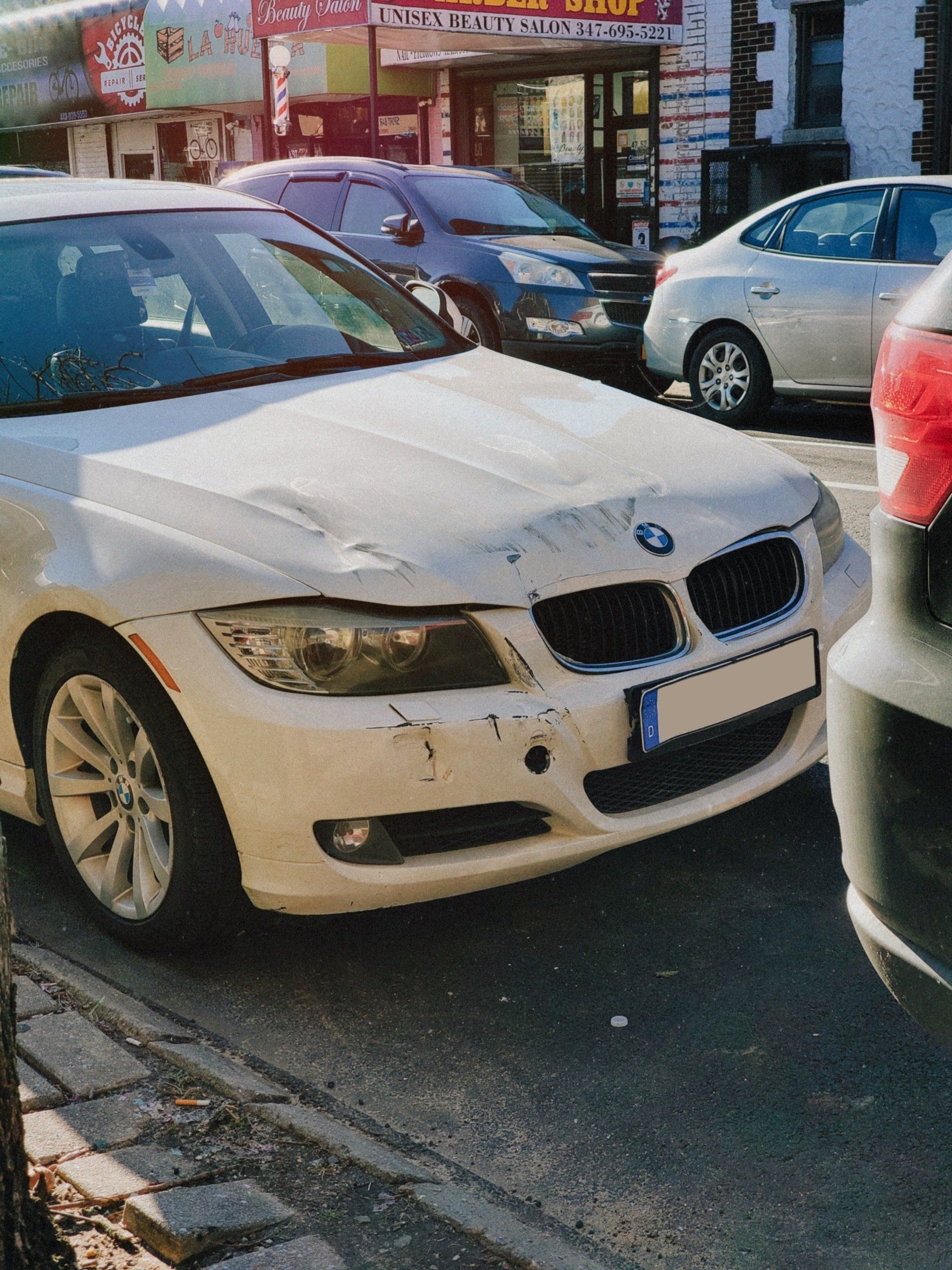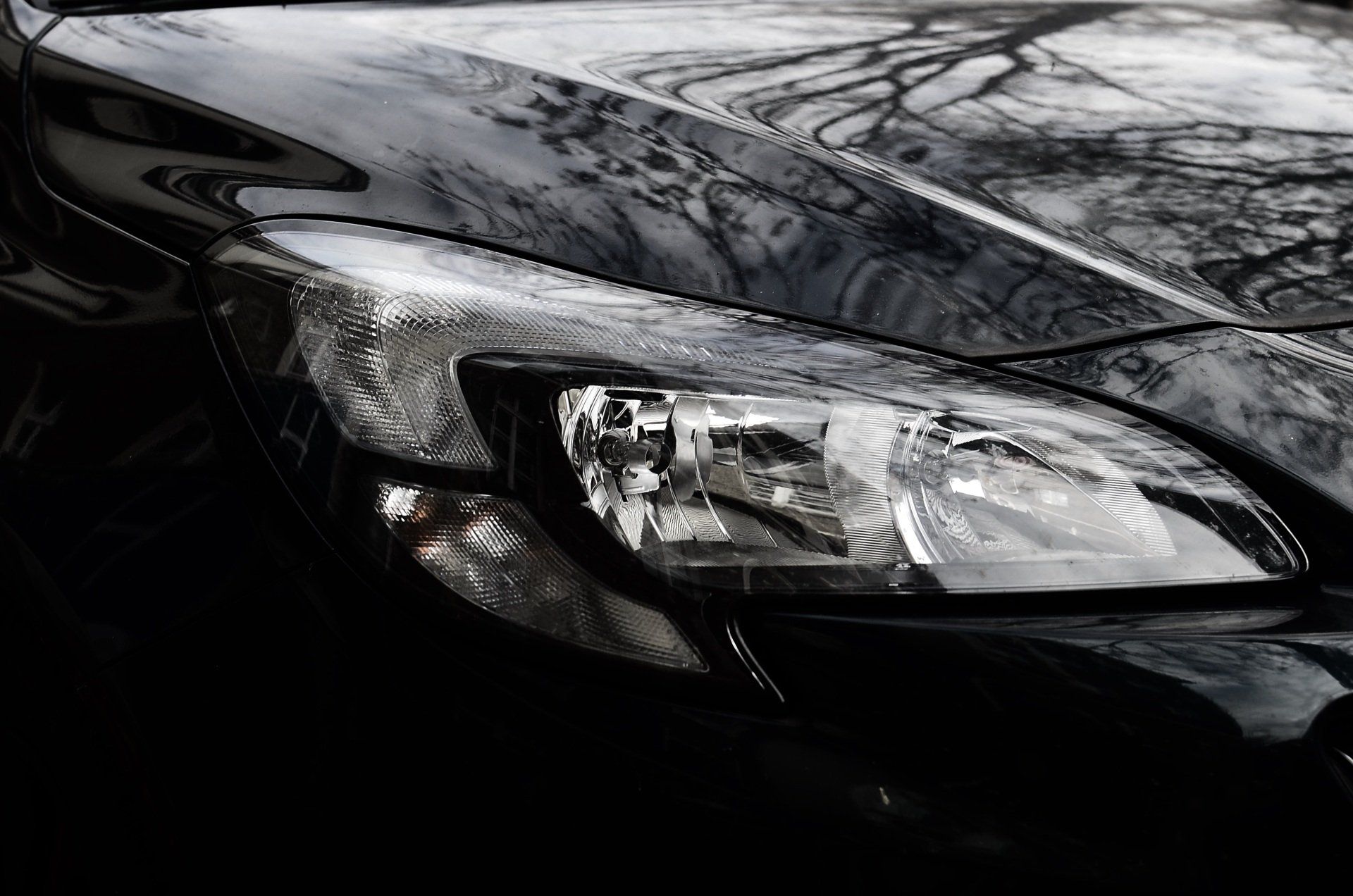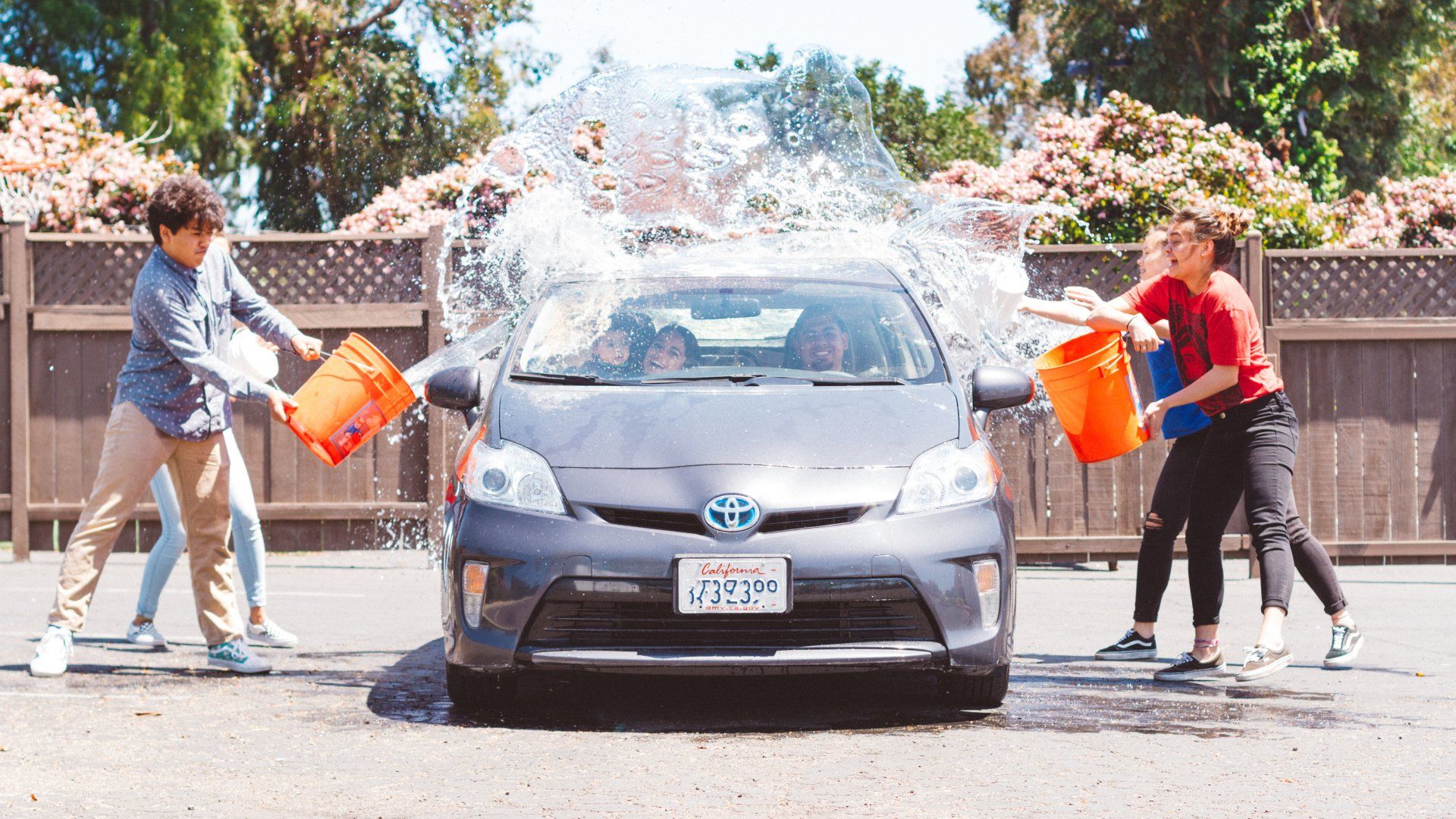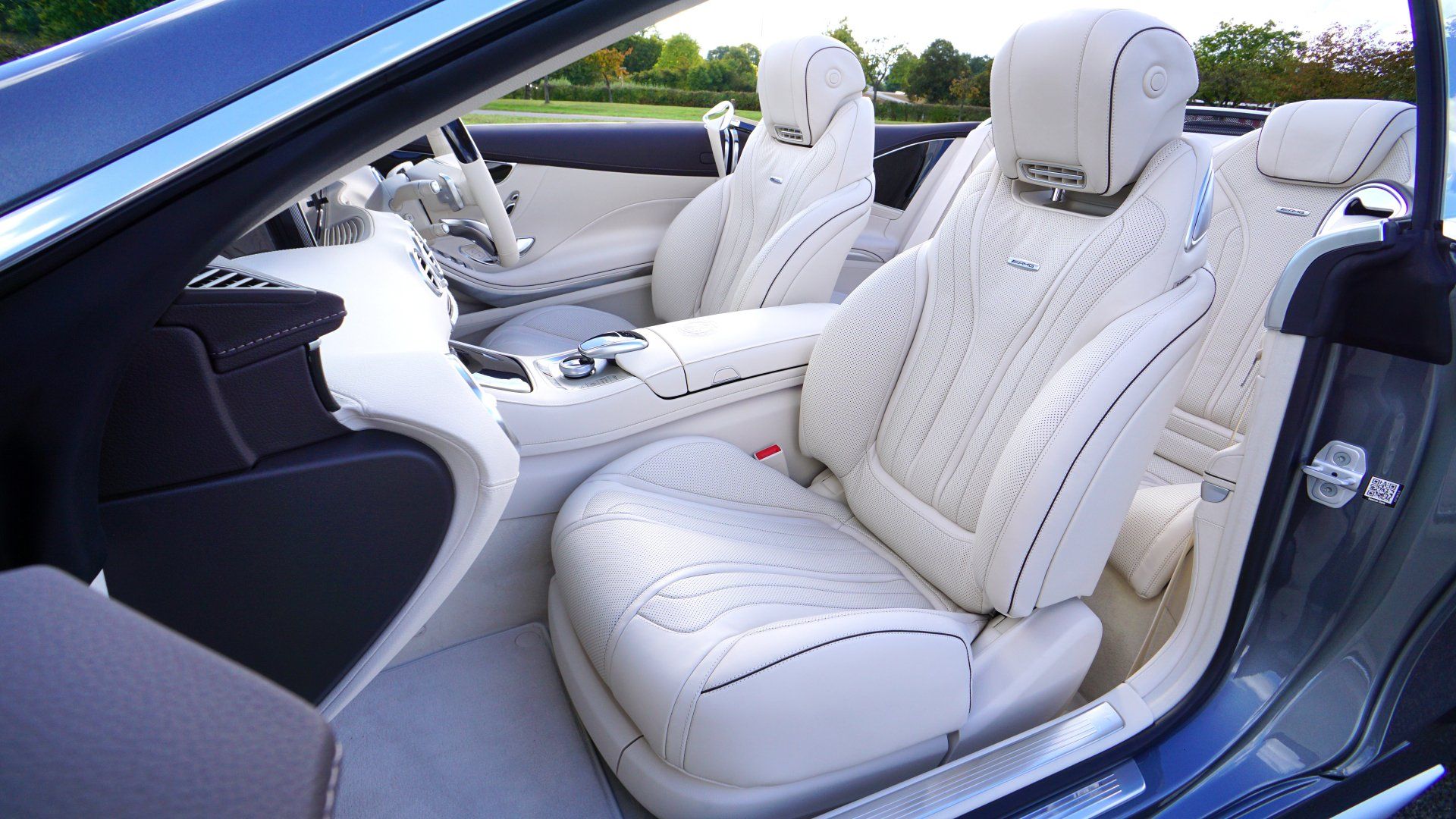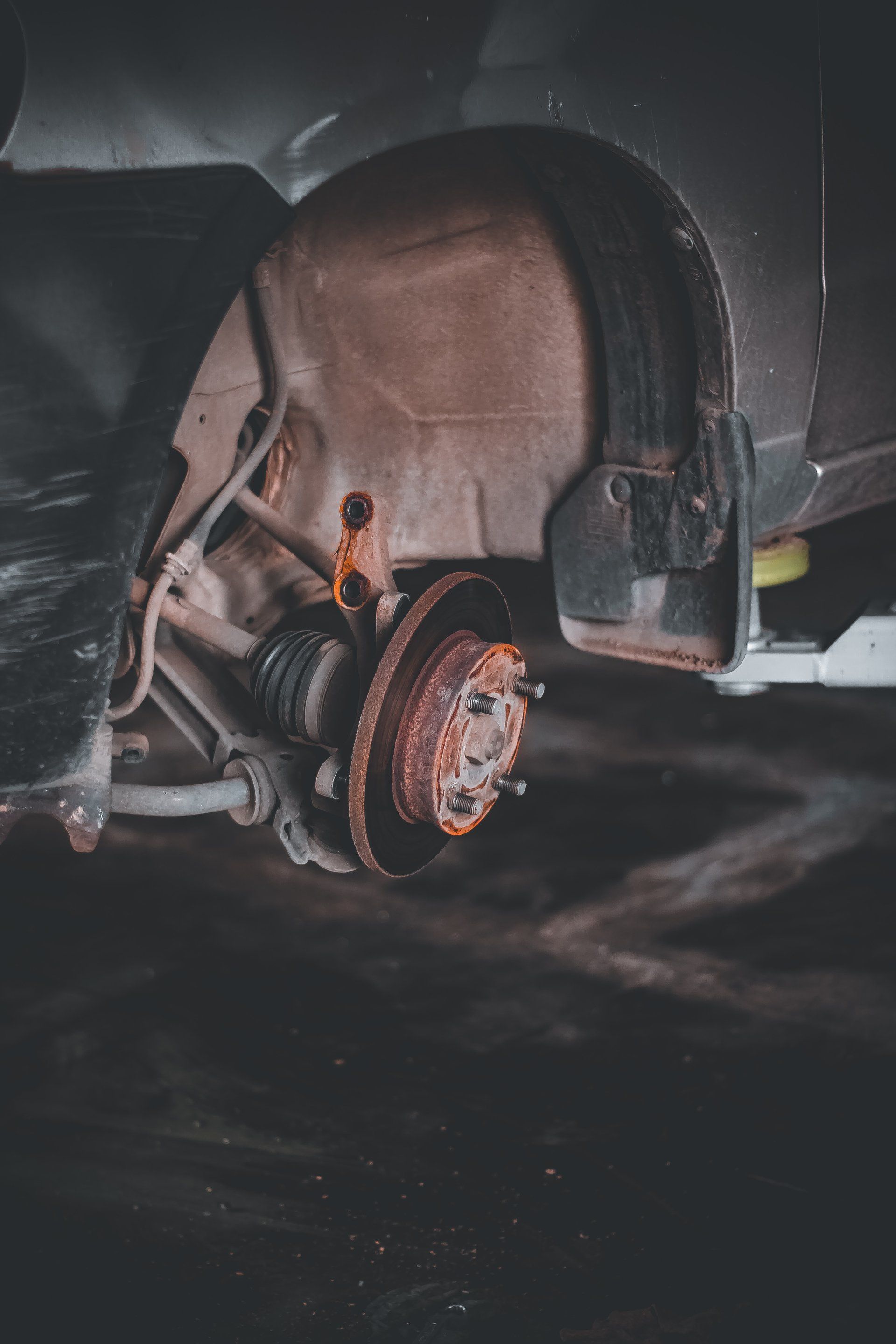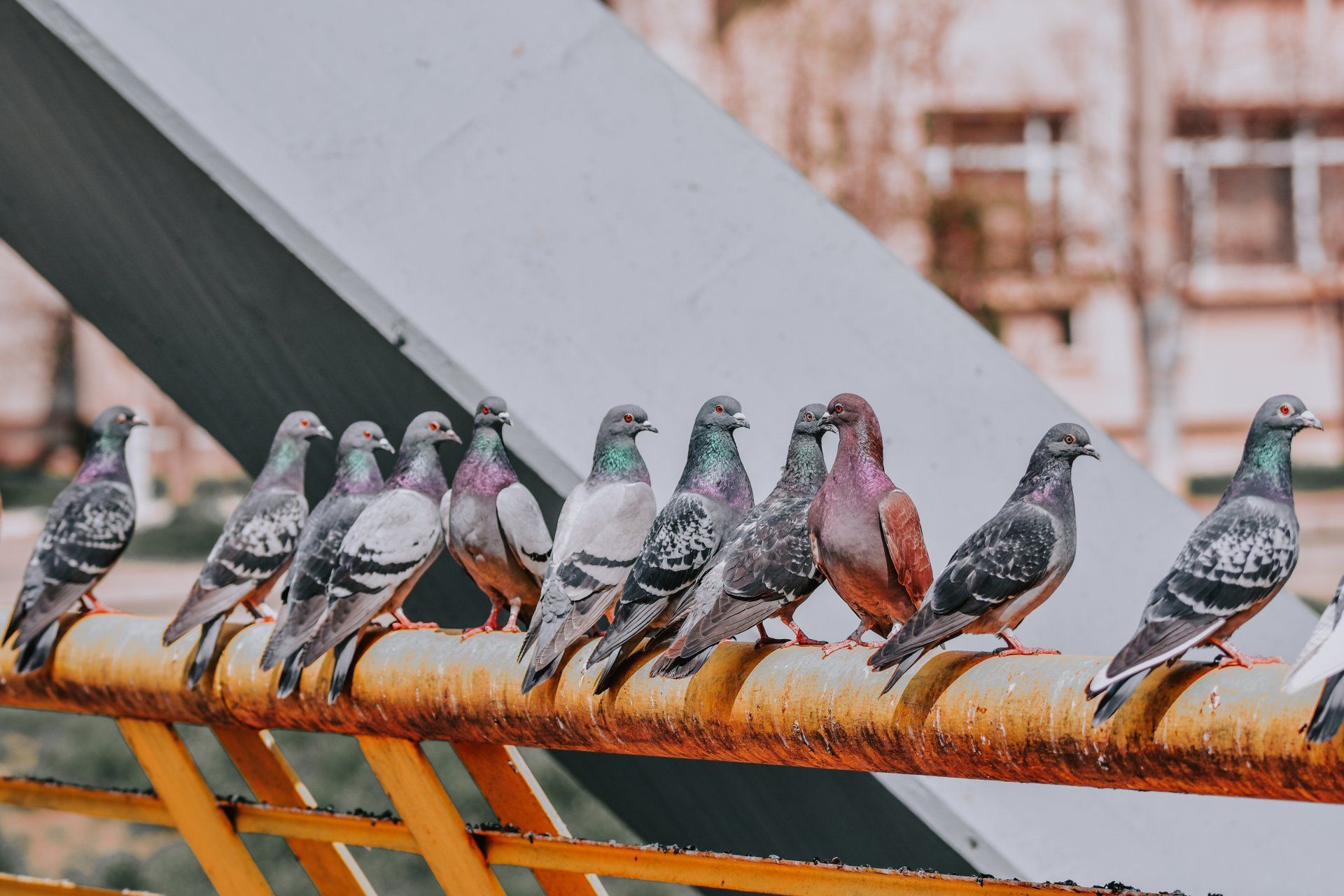Bars and Kits of Clay: What They Do?
Bars and Kits of Clay: What They Do?
We all know that a clay bar can be the ideal method to achieve the cleanest body possible for your vehicle. But which are the most effective clay bar kits you can make use of? What are the most important things to be looking for, and what is the best option to avoid when buying?
The standard car wash solutions do not suffice to get rid of surface dirt and bring your car's paint to its former glory; that's why you require the finest clay bar you can get.
In this article, you'll discover everything you need to learn about this product, which includes the various types that are available and how to select the right one.
What's a Clay Bar? How Does it Work?
Contrary to what many believe, these products aren't actually made of clay. They're instead composed of malleable, elastic compounds that make them extremely ductile and tacky. They're easy to mold or flatten to whatever shape and size you want.
There are also organic alternatives composed of natural substances. Synthetic alternatives are the most well-known; they're sturdy. But, a lot of people are drawn to organic and natural alternative options (despite being aware that each chemical or compound is based on natural ones).
When you rub this substance on the surface of your vehicle, it draws all pollutants off the clear coat or paint. They are slightly abrasive. Therefore, you must lubricate the surfaces of the vehicle prior to starting.
It is a method of effectively removing unwanted elements like rail dust (metallic components that are embedded in the paintwork's surface), carbon, and other similar substances. If left in the paintwork for a long time, this can cause the contamination to spread underneath the clear coating or be absorbed deeply in the paintwork, which can cause pitting.
Why Do You need to Clay Your Vehicle?
These products are essential in the process of car cleaning. Road grime, brake dust, and tree sap that is difficult to remove (unless we provide a tutorial on how to get rid of tree sap from your car, of course), overspray, and industrial fallout get absorbed into the coating of the paintwork leaving the paint with a rough, hard, and grit-like surface.
These are only some of the numerous issues your paint job could be afflicted with. Here are the most typical reasons why claying is performed.
Claying Removes Bonded Surface Contaminants Safely
It is possible to wonder why you feel the rough texture after washing your vehicle. It's because the contaminants are permanently attached to the vehicle's surface and clear coating. The slightest touch you make to your car will reveal precisely what we're talking about since you feel it.
The removal of these particles is done with care, no harm, and without damaging or taking away the paint.
Wax Bonds and Adheres Better After Claying
One of the main advantages of such products is the beautiful and smooth surface you'll get. After the claying process, applying wax to an extremely smooth surface becomes quicker and more efficient as the wax glides and polishes effortlessly. The coating on the wax will last longer and will protect your vehicle over a long time. Many people are unaware that the length of time wax on your car lasts is contingent upon how it is applied to the car's exterior.
Claying and Polishing: Is There a Difference?
They are two completely different terms, but both are vital. The majority of people believe that claying can replace polishing. In reality, the only thing that clays can do is to remove pollutants from surfaces. But the clear coating of your vehicle can be affected by acid rain as well as hard water spots, scratches, and swirls from a myriad of factors.
Claying is not the answer for these issues; however, polishing can be. Polish can help remove any paint defects in conjunction with old wax and repairs the paint's surface. The claying process will lessen the polishing time that you need to perform to keep your car in top condition.
